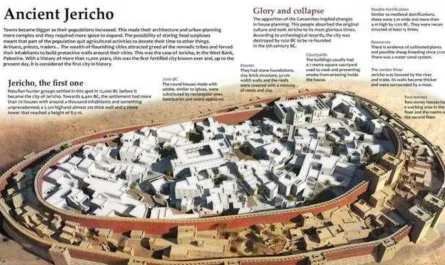The ancient Roman city of Baiae, now lying preserved beneath the waters of Italy’s west coast, was far more than just a resort. It was a place of extreme luxury, political intrigue, and moral scandal—a playground for Rome’s most powerful and notorious figures. Its submersion has turned it into a breathtaking underwater archaeological park, offering divers and historians an unparalleled glimpse into a forgotten chapter of the Roman Empire.
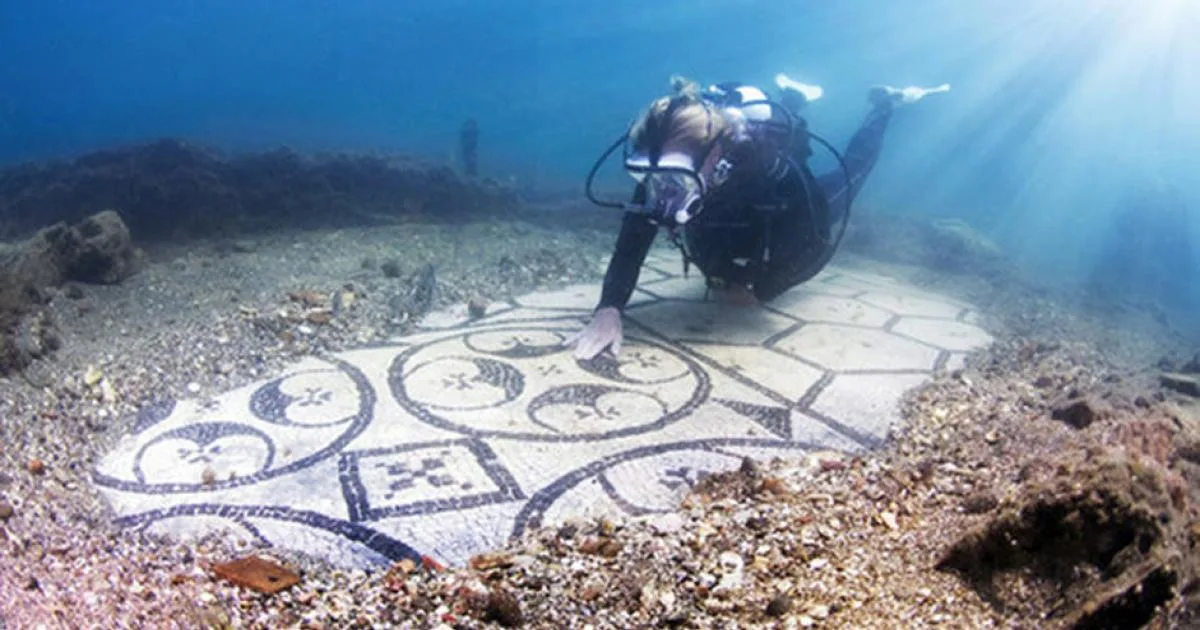
A Roman Las Vegas: The Rise and Fall
Baiae’s prime began in the 2nd century BC, thanks to its mild climate and natural thermal springs. Located on the Gulf of Naples, it quickly became the go-to destination for Rome’s elite, who flocked there to enjoy extravagant leisure, or “otium.” This was where they shed their public personas and indulged in lavish parties, fine wines, and hedonistic pursuits. Historians like Seneca famously condemned Baiae as a “vortex of luxury and vice,” a place where the moral rules of Rome didn’t apply.
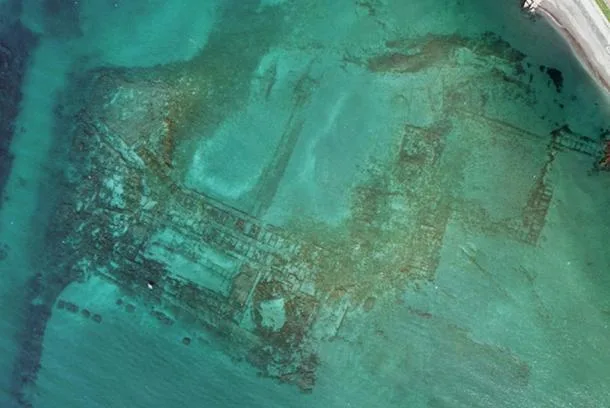
The city was peppered with magnificent villas, many of them owned by some of the most famous names in Roman history. Julius Caesar, Mark Antony, and Cicero all had properties here. The city’s imperial reputation was solidified under Emperor Augustus, who made much of Baiae imperial property. This made it a frequent retreat for emperors, including Nero and Hadrian, the latter of whom eventually died there.
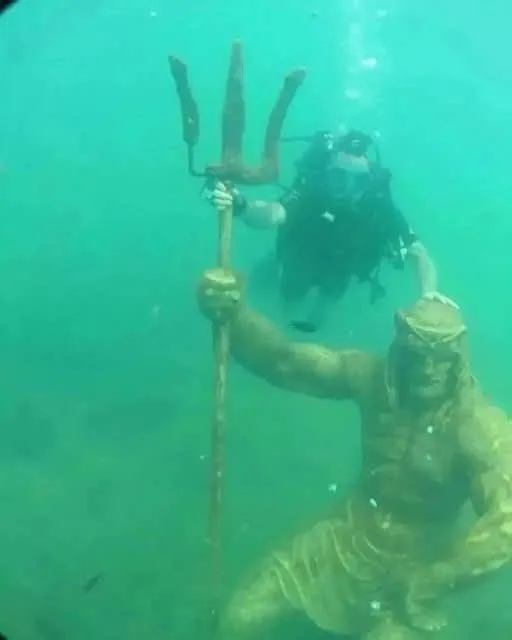
The city’s decline wasn’t due to conquest but to a natural geological phenomenon known as bradyseism—the gradual rising and sinking of the Earth’s crust due to volcanic activity in the area known as the Phlegraean Fields. Over several centuries, beginning around the 4th century AD, the city’s coastal areas slowly sank, eventually becoming submerged beneath the sea.

Diving into History: The Archaeological Park of Baiae
Today, the sunken ruins of Baiae are a protected marine reserve, the “Parco Archeologico Sommerso di Baia.” This underwater park allows divers to explore the remarkably preserved remains of this ancient metropolis.
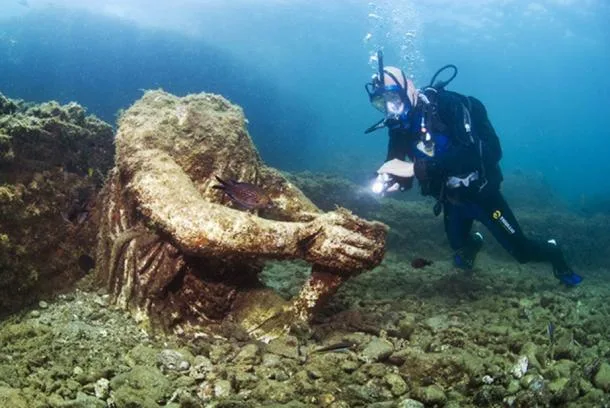
Recent expeditions and restoration projects have brought new light to the city’s grandeur:
- Intricate Mosaics and Flooring: Archaeologists have recently been working to restore a stunning marble floor, known as an opus sectile mosaic, from a sunken villa. This type of mosaic uses large, intricately cut pieces of marble to form geometric patterns, showcasing a level of craftsmanship and artistry that was a hallmark of high-status Roman dwellings.
- Villas and Temples: Divers can navigate through the ruins of vast villas, thermal baths, and what were once thought to be temples, like the so-called “Temple of Diana” and “Temple of Mercury.” These domed structures were not for worship but were part of the sophisticated public and private bath complexes that used the area’s natural hot springs.
- The Villa of the Pisonis: The discovery of a lead water pipe marked “L Pisonis” at the bottom of the sea was a major breakthrough. It confirmed the location of the villa belonging to Gaius Calpurnius Piso. This villa was the backdrop for one of the most famous assassination plots in Roman history, where Piso planned to murder his friend, Emperor Nero, to seize the throne. The discovery provides a tangible link to the real-life drama and political scheming that defined Baiae.
A Legacy of Opulence and Secrets
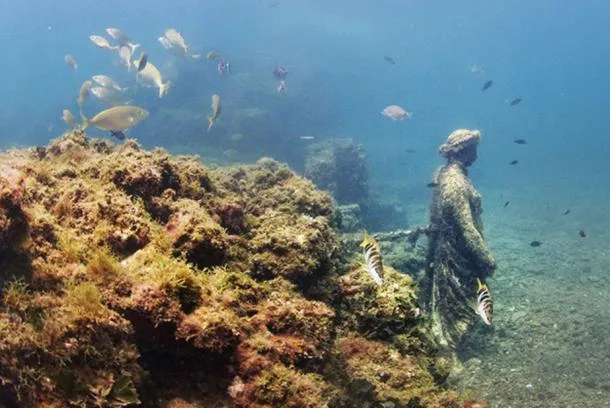
The ongoing exploration of Baiae continues to reveal new facets of its history, from the luxury of its villas to the scandals that unfolded within them. The artifacts recovered, including statues and mosaics, are now housed in the Archaeological Museum of the Campi Flegrei, where they are meticulously restored. The city’s preserved state beneath the waves offers a truly unique time capsule—a direct link to the extravagant, and often scandalous, lifestyle of the Roman elite. It reminds us that history is not just found in books, but can be waiting just beneath the surface, ready to be rediscovered.

